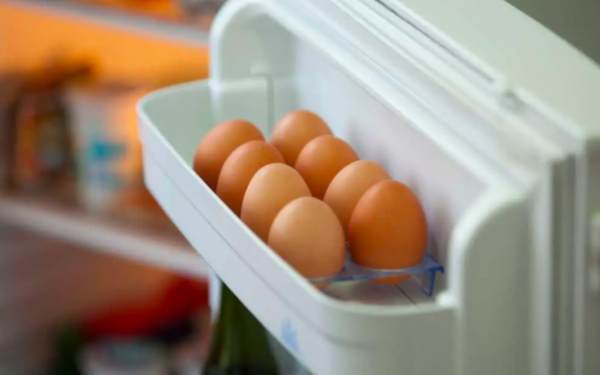Standby Power Consumption Ranking
Ranking of the Biggest 'Electricity Thieves' at Home: Turn Them Off When Not in Use to Halve Your Electricity Bill!
You might never guess that the real electricity guzzlers in your home could be small and seemingly insignificant devices. Yet, they can "steal" up to 10 kilowatt-hours of electricity in a month!
Standby Power Consumption Ranking of Household Appliances #7 – Washing Machine
When doing laundry, the "gentle wash" mode consumes more electricity than the "strong wash" mode. This is because the "gentle wash" mode causes the washing machine's agitator to frequently change direction and start/stop repeatedly. The restart current of the washing machine is six times the normal operating current, resulting in higher electricity usage.
Tip: Use the "strong wash" mode to save energy when doing laundry!
#6 – TelevisionEven after turning off the TV using the remote control, the indicator light remains on, signaling that the TV is in standby mode. The standby power consumption is approximately 0.2 watts, which gradually adds to household electricity usage.
Suggestion: Unplug the TV after use and cover it with a dustproof cloth when not in use to save more electricity.
#5 – Microwave OvenCompared to induction cooktops, the microwave oven has a lower standby power consumption of just 0.32 watts. However, when reheating food, only items containing moisture are heated efficiently. Dry food takes longer to reheat.
Tip: Sprinkle a little water on dry food and cover it before reheating. This can shorten the heating time and effectively reduce power consumption.
#4 – Induction CooktopThe standby power consumption of an induction cooktop is 0.86 watts. Leaving it on standby for long periods accelerates the aging of its circuits. Always unplug it after use.
Suggestion: When using an induction cooktop, start with high power to heat the pot quickly. Once the food is cooked, switch to low power to save energy.
#3 – Air ConditionerAir conditioners can consume significant electricity, especially if not properly maintained or used.
Suggestion: Unplug the air conditioner when not in use. When purchasing, opt for energy-efficient models with variable frequency technology, which save costs and produce less noise. Regularly clean the filters to prevent dust buildup that can block airflow and reduce cooling efficiency.
#2 – Electric Water HeaterIf an electric water heater is left on all day, it can consume approximately 20 kilowatt-hours of electricity.
Tip: Turn off the switch when not in use and turn it on one hour before showering. Once the indicator light shows the water has reached the desired temperature, turn it off. This can save a significant amount of electricity.
#1 – Set-Top BoxA set-top box in standby mode consumes 15 watts per hour, which equals 0.015 kilowatt-hours of electricity. Over a month, the power usage can be calculated as:
0.015 kWh × 24 hours × 30 days = 10.8 kWh of electricity.

Suggestion: Don’t assume turning off the set-top box with the remote control is enough. Make sure to switch off the power button on the device itself to completely cut off its electricity consumption and prevent it from "stealing power."
By following these tips and managing the standby power consumption of these devices, you can significantly reduce your electricity bill and contribute to a more energy-efficient household.















